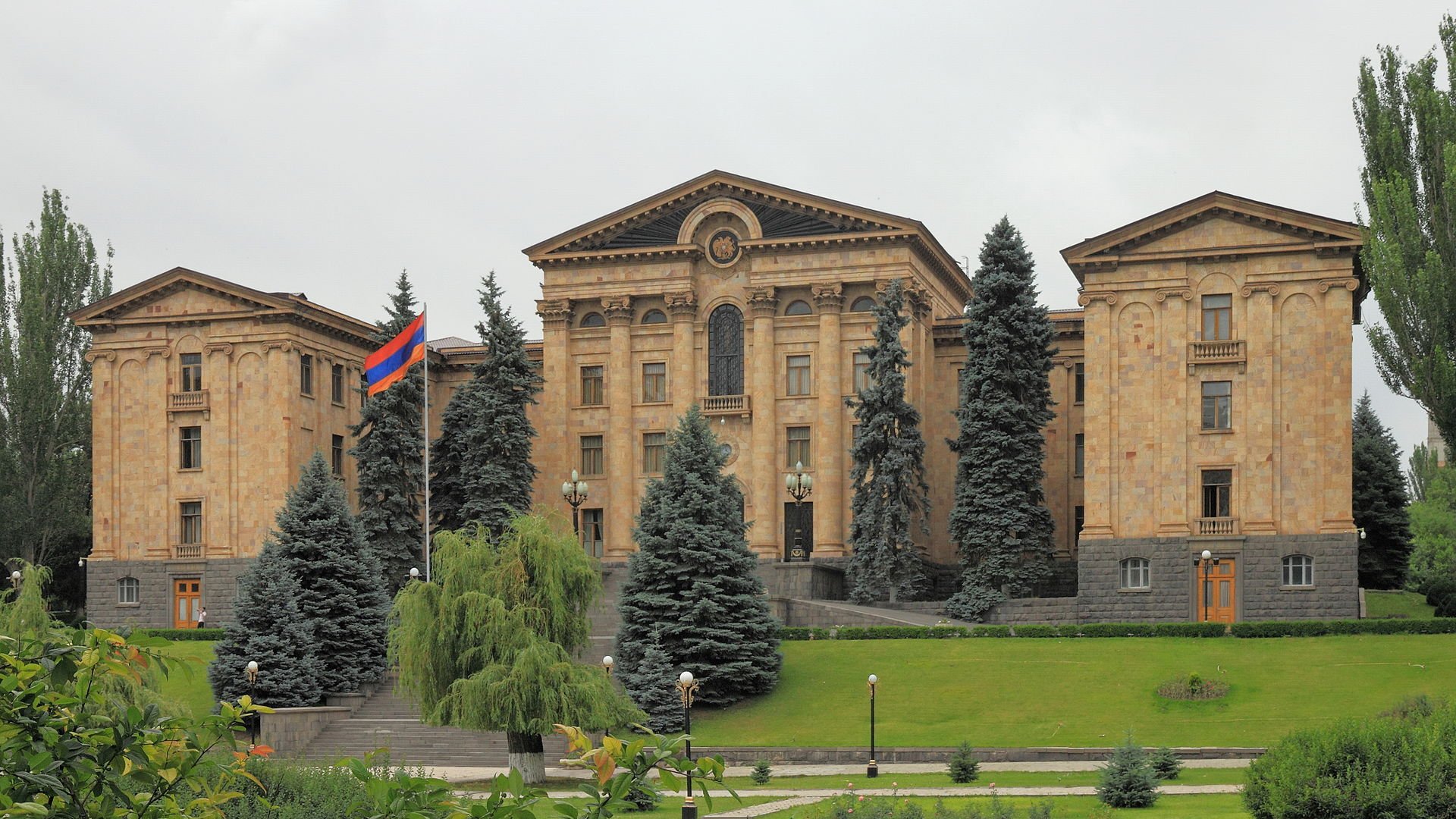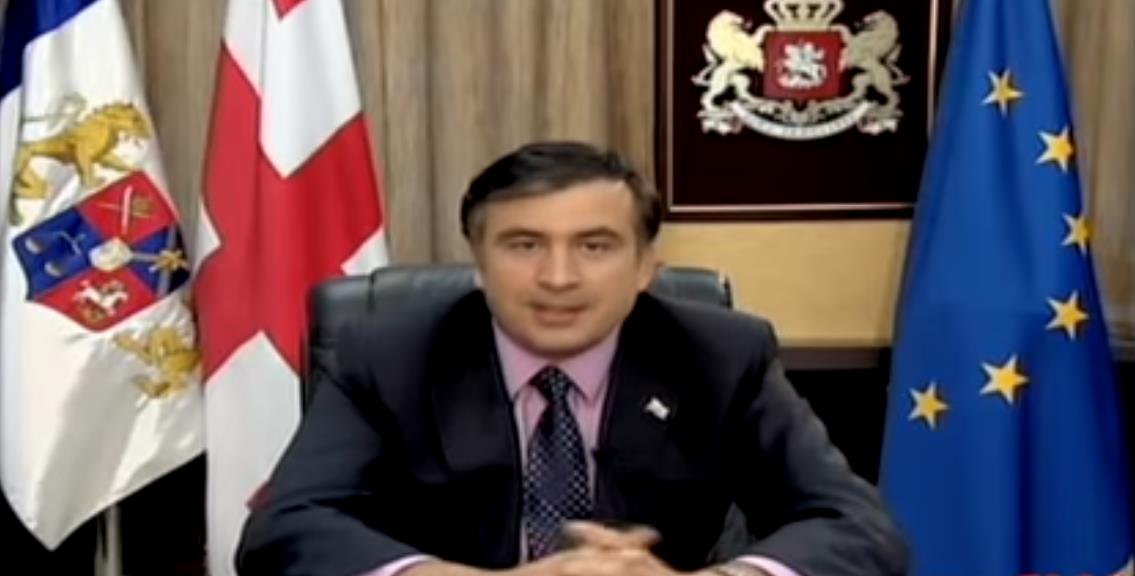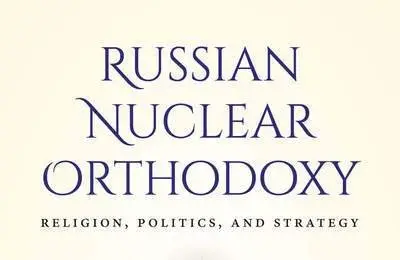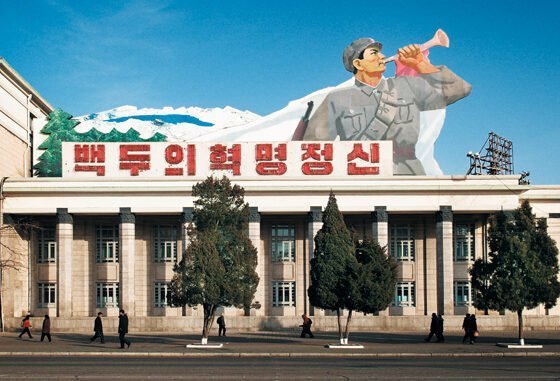(PONARS Eurasia Policy Memo) Why do people fly the EU flag in post-Soviet countries that are not EU member states and will not become EU member states any time soon? Waving the EU flag may assert that a particular state belongs, or should belong, to the European community. But as the EU and Russia have increasingly clashed on the international stage, displaying the EU flag in Eurasia often carries an explicit anti-Russian message as well. While Ukraine during the Euromaidan uprising in 2013-14 represents the most obvious example of this preference, it is far from the only one. In this memo, we discuss the different political uses of the EU flag with particular focus on Georgia, Moldova, and Armenia—three post-Soviet countries that share a broad national identification with Europe. We find that politicians and publics alike see the EU flag as a signal of both pro-European and anti-Russian sentiment, as indicated by the flag’s ubiquitous presence in Georgia, intermittent and contested use in Moldova, and near-absence in Armenia.
Flags on the Move
The EU flag originated as the flag of the Council of Europe in 1955 and was adopted by the European Community in 1985. It is the most visible symbol of the European Union, with a constant presence throughout the member states. Many scholars consider the EU flag to be a classic symbol of so-called banal nationalism, a term coined by British academic Michael Billig to define everyday, ordinary representations of the nation, or in this case, a supranational political community. Think about the EU flag hanging outside a Brussels bureaucracy, at the passport line in the airport, or on a car license plate. This is a quiet process, a slow process, and in the case of the EU, has typically been a top-down process with occasional kickback from below. It is in fact not the official flag of the EU. The 2005 EU constitution would have made it so, but key states like France rejected the constitution by referendum, in great part because many did not want the EU to have the political trappings of statehood.
Acknowledging this uneasiness, Georgetown University professor Kathleen McNamara has argued that that the EU has pursued a strategy of symbolic “deracination,” the idea being that EU identity (and thus EU symbols) should complement rather than compete with national identity. National identity is rooted in a territory, represented by a national flag; the EU is a community that encompasses but does not replace these nations. National flags fly alongside the EU flag outside the EU parliament building and in EU member states. Such deracination is aimed at building a pan-European identity without the affective emotion necessarily associated with most symbolic nation-building.
Similarly, actors in non-member states who proactively wave the EU flag are not proclaiming identification with a different nation—with France, or the UK, or Germany—instead, they signal identification with Europe, both the idea of it and its concrete manifestation as the EU. This pro-European identity may exist simultaneously with conventional national identities and refers to an aspirational European future. However, in that sense, waving the EU flag in non-member states may not simply complement existing national identities, but also be part of an active nation-building strategy.
The use of the EU flag outside the EU typically seeks to draw attention as well. Proactively waving the flag of an extra-territorial political authority highlights the difference between the current national reality and the aspired one, and suggests a path forward. As such, the EU flag is often imbricated rather than deracinated in relation to non-EU member flags. Imbrication means a layering, an overlapping. That is, the juxtaposition of the EU flag and a national flag is meant precisely to anchor both symbols to the nationalistic emotions of citizens and to identify both with Europe.
Beyond this aspirational symbolism, however, what political work does the EU flag perform in postcommunist non-member states? We use examples from Georgia and Moldova to argue that the EU flag has often been a partisan symbol and increasingly an anti-Russian symbol in the region, and support this by examining the flag’s conspicuous absence in Armenia.
The EU Flag in Georgia
Although the EU flag did not have a significant presence among demonstrators in the popular rallies leading up to the 2003 Rose Revolution, incoming president Mikheil Saakashvili and his United National Movement gave it a prominent official place immediately upon assuming power. Saakashvili raised the EU flag at the Georgian parliament, and in his January 2004 inauguration speech said that “we are not only old Europeans, we are the very first Europeans, and therefore Georgia holds [a] special place in European civilization.” In April 2004, his new government went further, mandating that the EU flag would fly alongside the Georgian flag at all government buildings. Although the government insisted that the pervasive EU symbolism merely signaled Georgia’s willingness to comply with EU standards, the Georgian public and the international community saw a broader message. Most importantly, the Saakashvili government had clashed with Russia from early on over the status of Georgia’s pro-Russian breakaway territories. In this context, symbolically asserting both European-ness and EU protection represented a key security strategy in its relations with its much larger neighbor.
Saakashvili escalated this strategy during the 2008 Russo-Georgian War, during which jokes proliferated about how the number of EU flags behind Saakashvili at his press conferences grew in proportion to the rising tensions. During the conflict Russian Foreign Minister Sergei Lavrov reportedly asked French President and EU mediator Nicholas Sarkozy to stop Saakashvili from brandishing the EU flag, whereupon Sarkozy replied that he could not because Georgia, as a member of the Council of Europe, had a right to fly it.
President Saakashvili Invokes Europe in His 2008 Televised Address

(YouTube screenshot)
Although Saakashvili himself lost power in 2012, the EU flag has retained its prominent place in Georgian political life and transcended its initial partisan identification. The flag flies outside the new Georgian parliament building, and appeared prominently in an anti-Russian, pro-EU rally held in Tbilisi in 2014 in response to the Russian takeover of Crimea. The Georgian government celebrated the lifting of Shengen visa requirements for Georgians in February 2017 by lighting up Tbilisi landmarks and decorating streets with the EU flag. More broadly, the idea of Georgia as a European and EU-aspirant country—meaning not within the Russian orbit—has remained as a unifying internal discourse.
The EU Flag in Moldova
Since the Soviet collapse, pro-European coalitions and coalitions centered around the Moldovan Communist Party or Socialist Party have alternated in power in the Moldovan parliament. The pro-European political parties have long used the EU flag and its circle of golden stars as a political tool to signal their affinity with the EU and Europe. For example, the Liberal Party emblem featured golden stars in a circle, as did that of the 2013 breakaway Liberal Reform Party. In April 2009 protestors raised the EU flag over the parliament building after elections that some feared would fraudulently give the Communist Party power for a third parliamentary term. A complicated series of events then led to a new election that was won by a coalition called the Alliance for European Integration (the Democratic Party, the Liberal Democratic Party, and the Liberal Party). Pro-European alliances regularly returned to form majority coalitions in parliament, renaming themselves each time governments fell and re-formed (e.g., the Political Alliance for a European Moldova, the Pro-European Coalition, the Alliance for European Integration III). In every case, however, the European symbolism and identification remained central to the coalitions.
Moldovan Protesters in 2016

After a massive government corruption scandal broke in 2015 when one billion euro (15 percent of Moldova’s GDP) went missing from the country’s banking system, anti-government protestors carrying the EU flag turned the ruling Alliance for European Integration III coalition’s own symbolism against it. The coalition collapsed, and the scandal led to a surge in support for the Moldovan Socialist Party. After the election of pro-Russian Socialist President Igor Dodon in December 2016, the EU flag disappeared from outside the president’s office. Liberal Party members then photographed themselves replacing the flag, attempting to score political points by asserting publicly that the Moldovan and EU flags should fly side-by-side. Dodon also brought Moldova into observer status in the Russian-led Eurasian Economic Union in April 2017 despite the Moldovan government having just signed an EU association agreement in June 2016.
The partisan nature of the EU flag in Moldova became more nuanced as the ruling, nominally pro-EU Democratic Party coalition began to downplay its EU ties and made overtures toward the Socialist Party leading up to the February 2019 parliamentary elections, in which the Socialists won a plurality. With the EU flag taking on an increasingly anti-Russian and anti-corruption connotation in Moldova, and with its electoral fortunes turning, the Democratic Party transformed its mantra and its symbolism from “pro-EU” to “pro-Moldova.”
Armenia and the Absent Flag
Armenian politicians and publics, in contrast, have generally kept their distance from the EU flag despite insisting on Armenia’s European identity and the desirability of European integration. More broadly, unlike in Georgia, Moldova, and Ukraine, Armenian political discourse clearly makes a distinction between Europe as a cultural and regional identity and the EU as a political and economic actor. This has its roots in Armenia’s energy and security dependence on Russia, particularly given the hostile relationship between Armenia and its Azerbaijani and Turkish neighbors. Armenian leaders have thus insisted that European and Eurasian integration are not incompatible goals. Putting words into practice, Armenia is a member of both the EU’s Eastern Partnership and the Russian-led Eurasian Economic Union.
This delicate balancing act precludes both Armenian governments and their most influential opponents from employing the EU flag as a political symbol, all the more so in recent years as the EU-Russian relationship has become more antagonistic. The EU flag is absent from government buildings and public demonstrations alike. The most telling incident occurred during the “Electric Yerevan” mass protests in the summer of 2015 when the leader of the tiny Union for National Self-Determination Paruyr Hayrikyan and his supporters arrived carrying EU flags. Protestors ripped them away, shouted at Hayrikyan, and demanded that only Armenian flags be waved at the demonstration (see images at News.am). The protestors insisted on the apolitical and national nature of the demonstration; the leaders explicitly did not want “Electric Yerevan” to be perceived as a Euromaidan-style or color revolution attempt, or to be discredited as a movement sponsored by external actors.
The Armenian Flag (Only) in Front of the Parliament Building (2019)

It’s Not EU, It’s Me
Waving the EU flag in post-Soviet non-member states increasingly has a dual symbolic meaning. On the one hand it is intended for a domestic audience, signaling affiliation with European values and aspiration for European integration. On the other hand, it sends an external message calling on the EU for political, economic, and security support and, increasingly, rejecting Russian influence. In both senses the EU flag’s aspirational connotations can be used instrumentally by politicians, whether they be corrupt Moldovan leaders wrapping themselves in the EU’s clean(er) image or Saakashvili invoking European protection against Russia. In sum, the EU flag is as much about internal politics and about positioning vis-a-vis Russia as it is about Europe; hence the very different public uses of the EU flag in three post-Soviet states that all identify to a significant extent with Europe.
Given these realities, what responsibility, if any, does the EU have to politicians and publics that wave the EU flag and invoke the symbolic power of the EU? In December 2013, in the heat of Euromaidan, European Commission President José Manuel Barroso declared that:
“…when we see in the cold streets of Kiev men and women with the European flag, fighting for that European flag, it is because they are also fighting for Ukraine and for their future. I think the European Union has the right and the duty to stand by the people of Ukraine in this very difficult moment, because they are giving to Europe one of the greatest contributions that can be given.”
Yet as this discussion shows, the situation across post-Soviet states is more complex. The EU flag, which is meant to be a unifying symbol within Europe, is anything but that in the post-Soviet context, and is becoming more divisive every day, both within and outside Europe. As such, the EU flag has become a true symbol of the battle for hearts and minds—and power.
Juliet Johnson is Professor and Chair in the Department of Political Science and Benjamin Forest is Associate Professor in the Department of Geography at McGill University, Quebec, Canada.
[PDF]
Homepage image credit.











